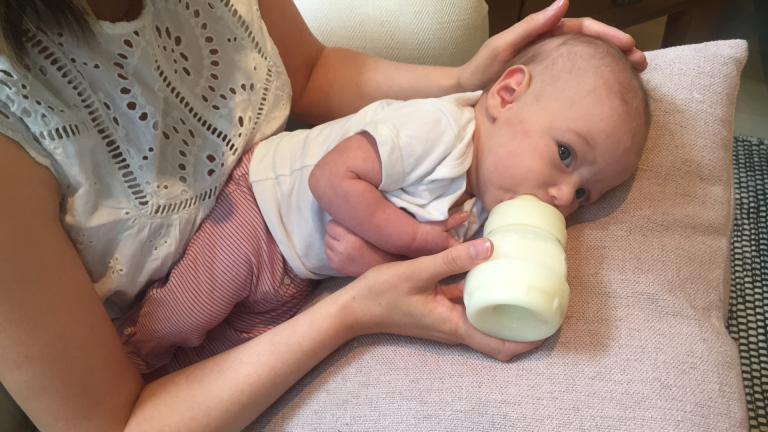Sight Words for 4-Year-Olds: A Complete List and Guide
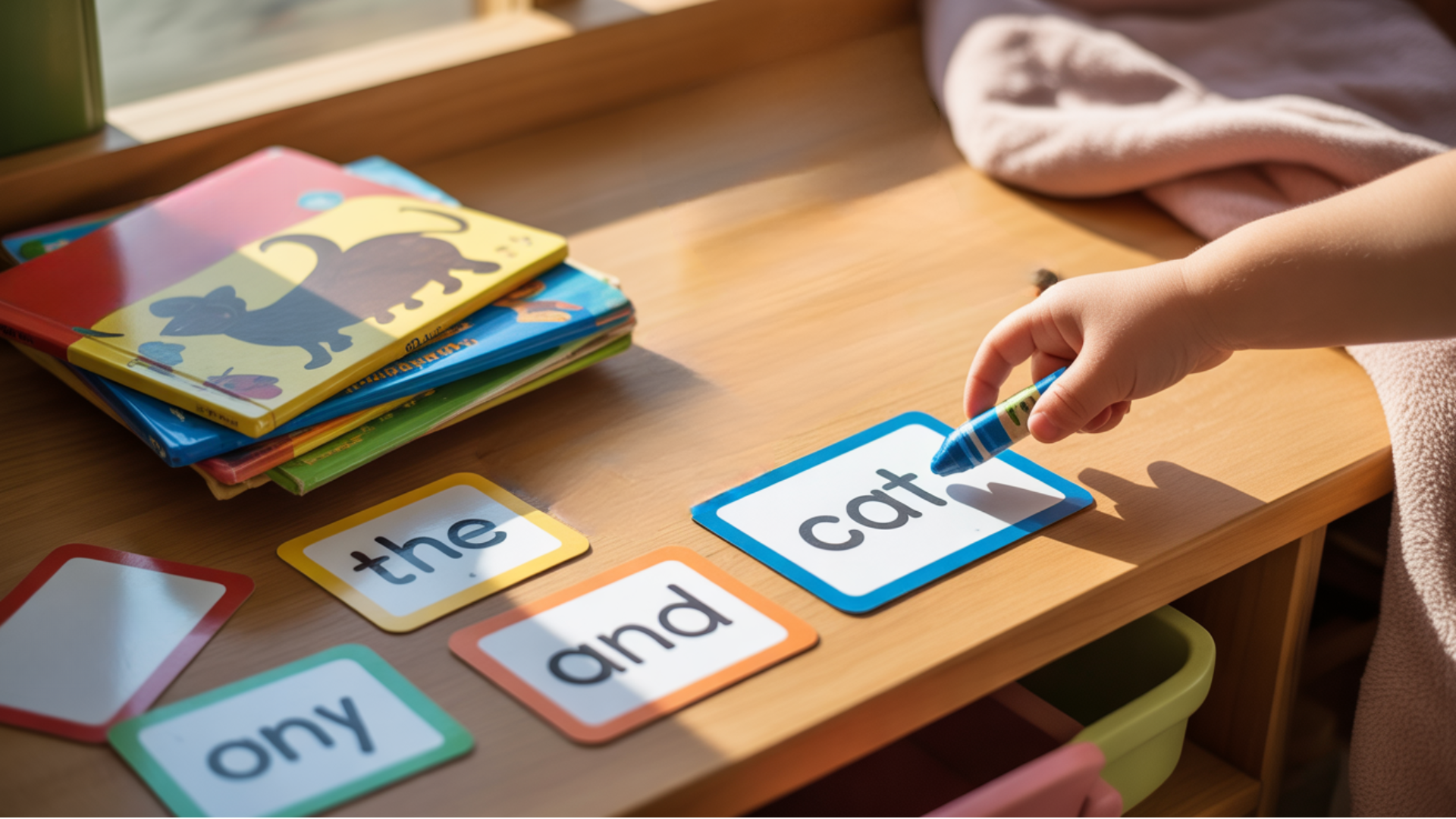
Teaching your 4-year-old to read can feel like a daunting task. But here’s the good news: sight words make it much easier than you think.
Sight words are the building blocks of reading. They’re common words that children see repeatedly in books.
When children recognize these words instantly, reading becomes smoother and more fun.
This blog gives you everything you need to get started. You’ll find a complete list of sight words perfect for 4-year-olds, plus simple ways to practice them at home.
No fancy materials needed, just you, your child, and a few minutes each day.
What Are Sight Words?
Sight words are words that children should recognize right away without sounding them out. Think of words like “the,” “and,” “you,” and “is.” These words show up in almost every book your child will read.
Most sight words can’t be sounded out easily using regular phonics rules.
That’s why kids need to memorize them by sight. Once children know these words, they can focus on deciphering the more challenging words in sentences.
The most common sight word lists originate from researchers such as Edward Dolch and Edward Fry. They studied thousands of books to find which words appear most often.
The Essential List: Sight Words for 4-Year-Olds
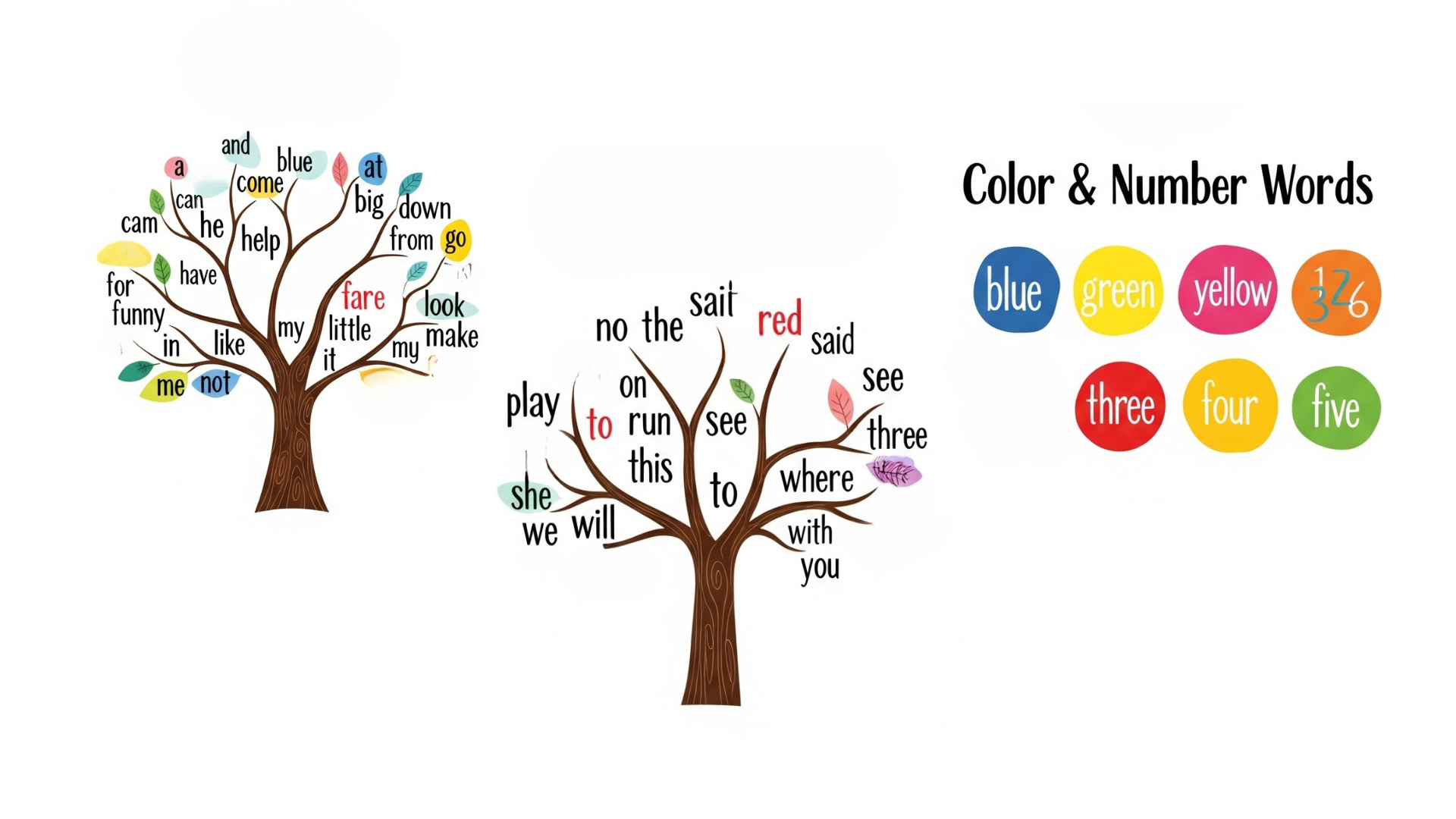
Here’s your starter list of 45 sight words perfect for 4-year-olds. These words are commonly found in early reader books and simple picture books. I’ve organized them alphabetically to make them easy to find and track.
| A-F Words | G-L Words | M-R Words | S-Z Words | Color & Number Words |
|---|---|---|---|---|
| a | go | make | said | blue |
| and | green | me | see | yellow |
| at | have | my | she | three |
| big | he | no | the | four |
| can | help | not | this | five |
| come | here | on | to | |
| down | I | one | two | |
| for | in | play | up | |
| from | is | red | we | |
| funny | it | run | where | |
| like | will | |||
| little | with | |||
| look | you |
Print this list and keep it handy during reading time. You can also download a printer-friendly version at the end of this post.
How to Use This Sight Word List With Your Child
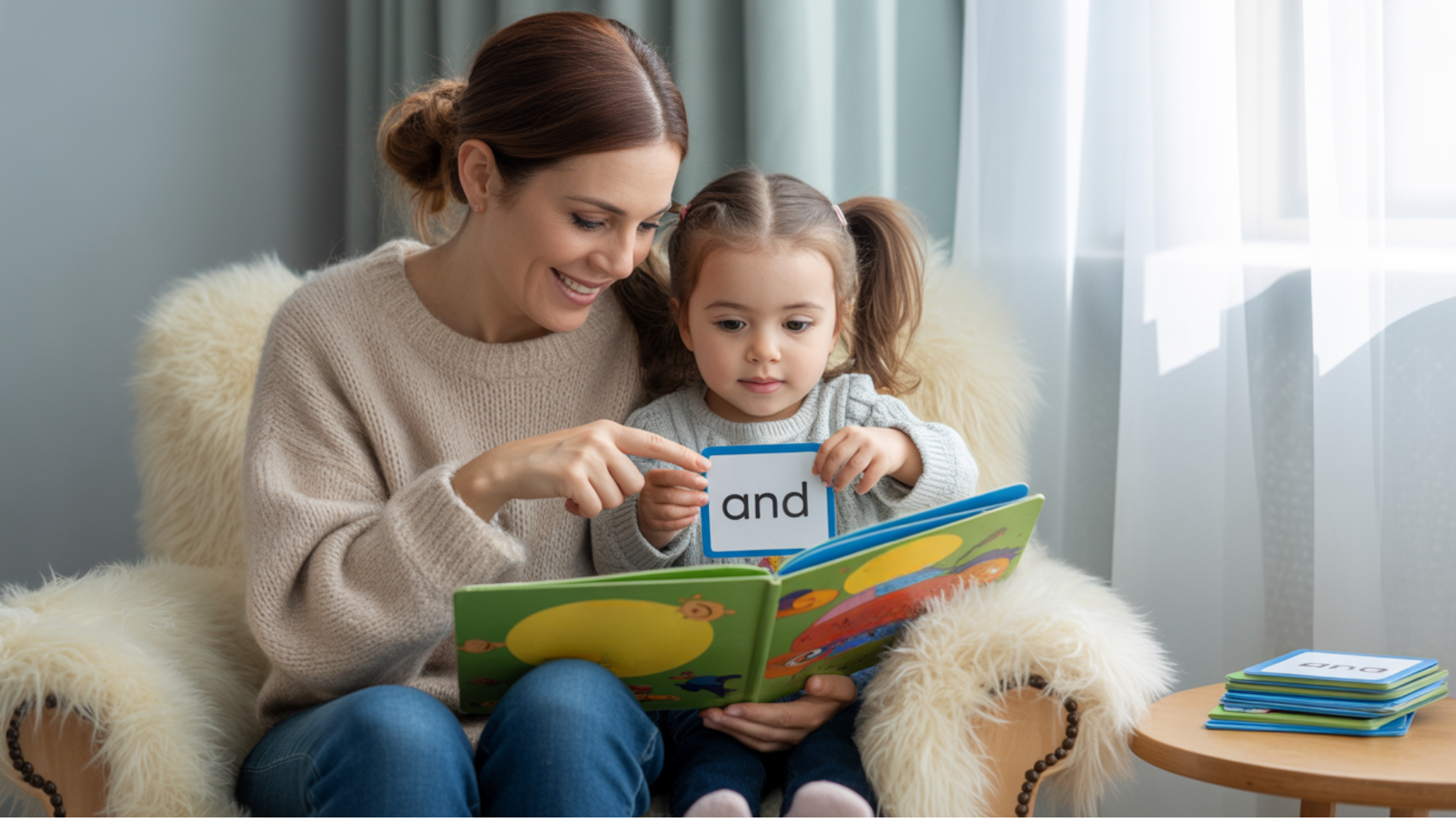
Start with just 3-5 words at a time. Don’t try to teach the whole list at once. Pick words that show up in books you’re already reading together.
Point to sight words when you see them in books. Say something like, “Look, there’s our word ‘the’ again!” This helps your child connect the word on your list to real reading.
Practice for just 5-10 minutes each day. Short sessions work better than long ones. Your child will stay interested and won’t get frustrated.
Make it part of your daily routine. Review sight words during car rides, while waiting for dinner, or before bedtime stories. These little moments add up quickly.
Strategies for Teaching Sight Words to Toddlers
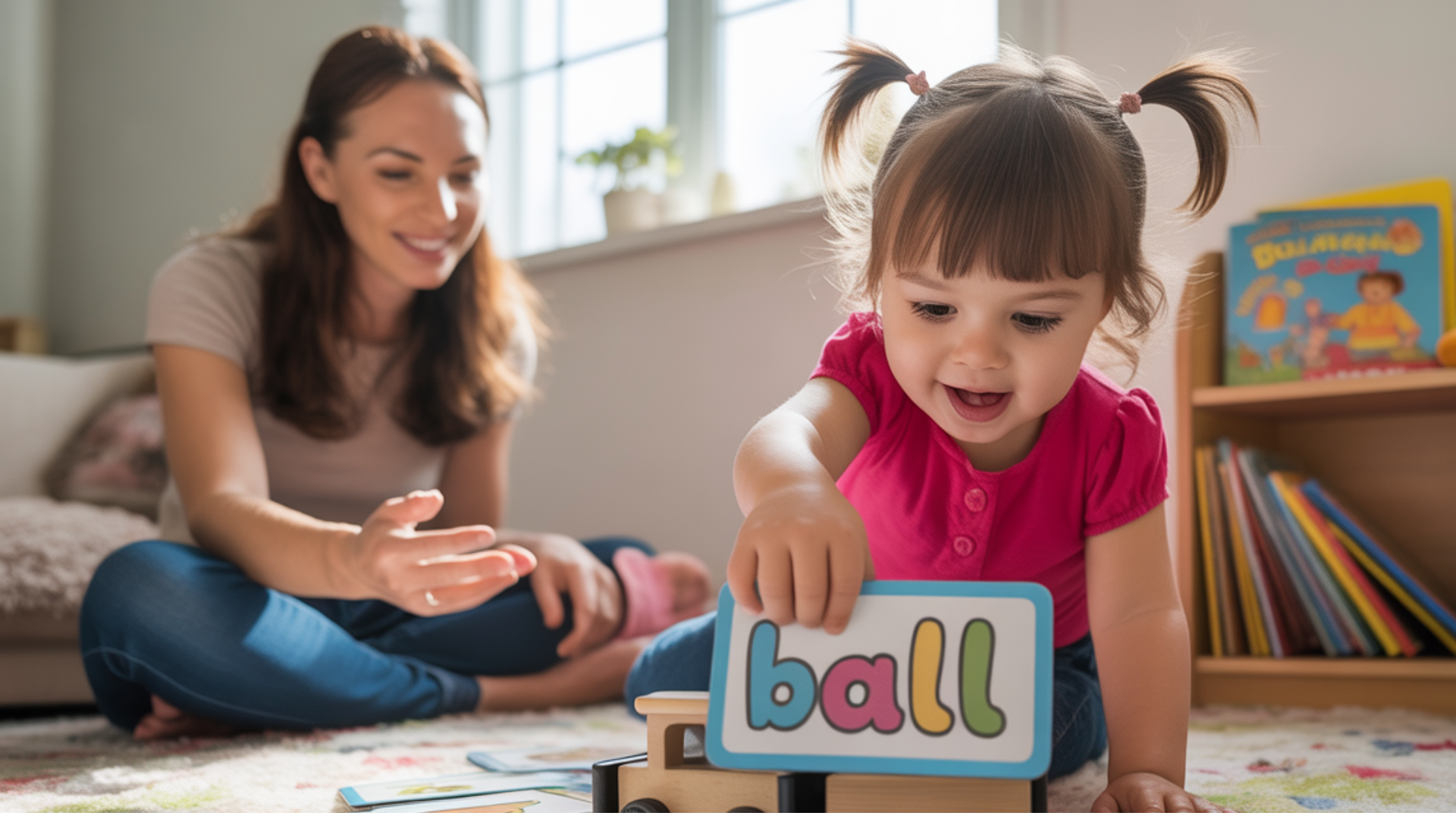
Teaching sight words to very young children requires special approaches that match their developmental stage. These methods work well for 2-4 year 4-year-olds who are just starting their reading journey.
1. Start With Environmental Print and Multi-Sensory Learning
Look for words your toddler sees every day around the house and neighborhood. Point out “STOP” on signs, “EXIT” at stores, or their name on their bedroom door.
Let your toddler trace letters in sand, play dough, or finger paint while you say the word. This combination of real-world connection and hands-on practice helps their brain remember words better.
2. Create Interactive Word Walls
Put sight word cards on the walls where your toddler can easily see them at their eye level. Change them out weekly so they don’t become background noise that kids stop noticing.
Make it a daily game to find and read the words as you walk by together. Turn it into a treasure hunt by asking, “Can you find the word ‘big’ on our wall?”
3. Use Songs, Rhymes, and Repetitive Books
Turn sight words into simple songs or chants that stick in their memory. “The, the, the cat sat on the mat” works much better than just repeating “the” over and over.
Choose picture books that repeat the same sight words on every page for extra practice. Books like “Brown Bear, Brown Bear” give toddlers lots of chances to see familiar words in fun contexts.
4. Make Learning Part of Daily Routines
Work sight word practice into activities you already do every day with your toddler. Point out words during bath time, while cooking dinner, or during car rides to the store.
Keep a few sight word cards in your purse or diaper bag for waiting times. The key is making word recognition feel natural and fun, not like formal school lessons.
Fun and Easy Sight Word Activities
Learning sight words doesn’t have to feel like schoolwork. These simple activities turn practice time into play time for you and your child.
- Sight Word Bingo: Write 9 sight words on a piece of paper in a grid. Call out words and let your child mark them with stickers or crayons.
- Word Hunt: Hide sight word cards around the house and give your child a basket. When they find a card, they read the word out loud before collecting it.
- Memory Match: Write each sight word on two cards and mix them up face down. Take turns flipping cards to find matching pairs while reading each word aloud.
- Sight Word Stories: Pick 5 words from your list and make up a silly story together. The sillier the story, the better kids remember the words.
- Chalk Writing: Go outside and write sight words with sidewalk chalk. Let your child trace over your letters or write their own words in bright colors.
Tips for Success With Sight Words
Success with sight words comes down to patience, consistency, and keeping things positive. Here are the key strategies that work best for most families.
| Tip | What to Do |
|---|---|
| Keep it Short | Practice for just 5-10 minutes each day. Short sessions work better than long ones. |
| Stay Positive | Celebrate small wins along the way. Got three words right? That’s worth a high-five! |
| Be Patient | Every child learns at their own speed. Some pick up words quickly, others need more time. |
| Focus on Progress | If your child knows 10 words today and knew 8 last week, that’s real progress worth celebrating. |
| Mix Activities | Don’t make sight words your only focus. Keep reading books, singing songs, and playing word games, too. |
Additional Resources
Ready to get started? Here are some helpful resources to support your sight word practice:
- Library Resources: Ask your children’s librarian for early reader books that feature lots of sight words. Many libraries have special collections for beginning readers.
- Educational Apps: Simple apps like “Sight Words by Little Speller” or “Teach Your Monster to Read” can add variety to your practice routine.
- Online Games: Websites like Starfall and ABCmouse offer free sight word games that kids can play on tablets or computers.
Conclusion
Teaching sight words doesn’t have to be complicated or stressful. With this list and a few minutes of daily practice, you’re giving your child a strong foundation for reading success.
Remember, every child learns differently and at their own pace. Some days will go smoothly, others might feel challenging. That’s all part of the learning process.
Use this list as a helpful tool, not a strict requirement. The goal is to build your child’s confidence and love of reading. When learning feels fun and relaxed, children naturally want to do more of it.
What sight word activities does your child enjoy most? Share your favorite tips and success stories in the comments below!
Frequently Asked Questions About Sight Words for 4-Year-Olds
How Many Words Should My Child Know At This Age?
Most 4-year-olds can learn 10-20 sight words comfortably. Some might know more, others fewer. The goal is steady progress, not hitting a specific number.
What If My Child Finds Some Words Difficult?
Some words are trickier than others. Focus on the easier words first. Come back to the hard ones later. Sometimes a word that seems impossible today clicks perfectly next month.
Should I Focus Only On Sight Words Or Also On Phonics?
Both are important! Sight words help with reading fluency. Phonics helps kids sound out new words. Think of them as a team working together.

